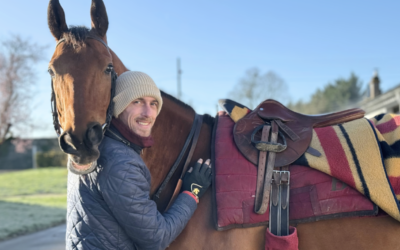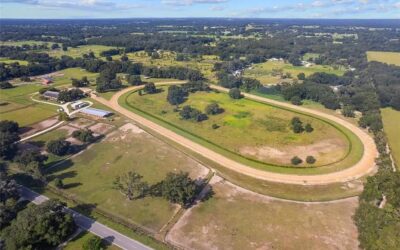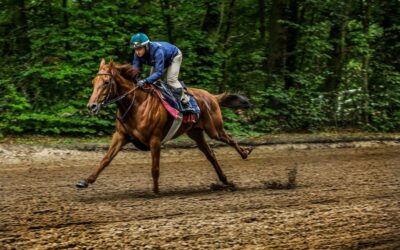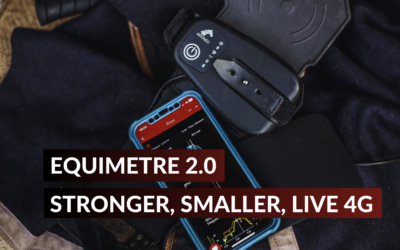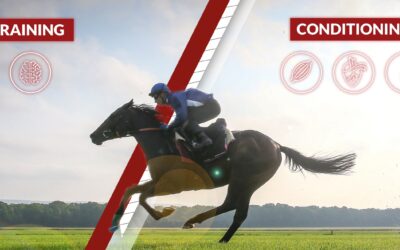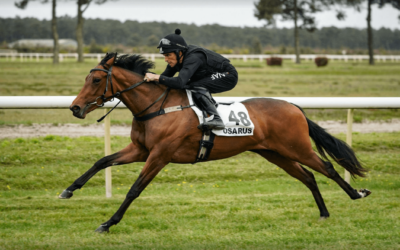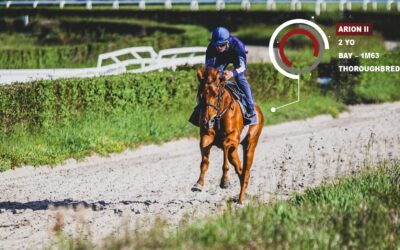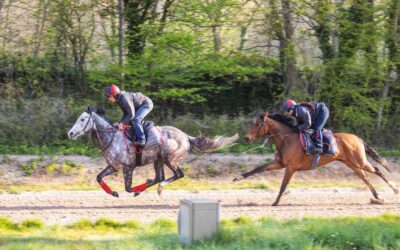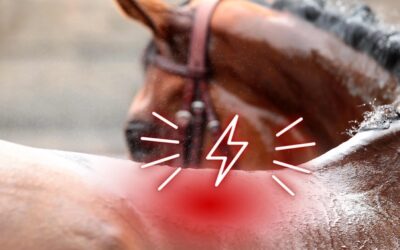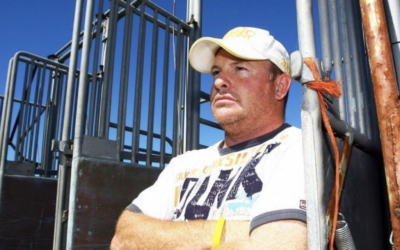EXPLORE OUR BLOG
Here you will find a lot of information to better understand performance and health measurements as well as tips about racehorse training and well-being.
LATEST ARTICLES
Glen Braem’s Equimetre experience
During a video conference interview, Arioneo’s team had the opportunity to speak with Glen Braem and discuss his use of Equimetre.
Citra Oaks Farm (Brad & Debbie Donaldson): One of the first farms to offer Equimetre services in Florida
Debbie and Brad Donaldson’s passion for animals, and especially horses, is evident from
the first seconds of a conversation with them.
Navigating your data provider transition seamlessly: 5-Step guide
In the dynamic world of equine performance analytics, choosing the right data provider is crucial for maximizing your horses’ potential. If you’re considering a transition or seeking alternatives, Equimetre is here to ensure a seamless switch, enhancing your training outcomes without skipping a beat.
Antoine de Watrigant’s Equimetre experience
Antoine De Watrigant, trainer at Mont-de-Marsan, in the south-west of France, find out how he uses Equimetre and data.
Heart murmur and performance: are they compatible?
The cardiovascular system can be compared to a huge orchestra, and the presence of any structural defect can alter the functioning of the system and throw the orchestra out of harmony. A heart murmur is added to the initially audible heartbeat and becomes a false note in the orchestra, requiring the trainer to intervene on several levels.
EQUIMETRE 2.0 | Our sensor’s big changes
In Equimetre 2.0, Arioneo’s Chief Technical Officer Thomas tells us about the changes made in this new sensor version.
BROWSE AMONG OUR CATEGORIES
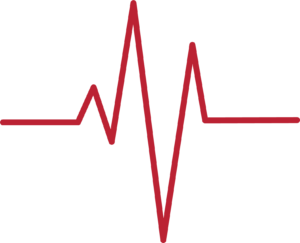
Equine Physiology

Testimonials
Racehorse training
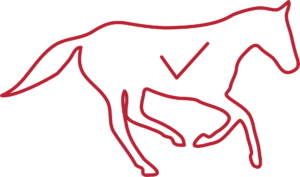
Young racehorses
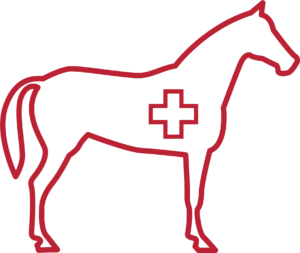
Health & Science
Standardbreds
EQUINE PHYSIOLOGY
No Results Found
The page you requested could not be found. Try refining your search, or use the navigation above to locate the post.
RACEHORSE TRAINING MONITORING
Conditioning vs training: what are the differences in horses?
Conditioning and training are terms that could be confused. Although both terms lead to an improvement in the horse’s abilities, they do not have the same effects on the horse. This article explains the principle of conditioning and its effects, as well as those of training.
Speed markers: what are the indicators for a racehorse?
Why should you care about tracking data?
Although the progress made by racecourses in terms of tracking systems is gaining ground, the interpretation of this data is not always obvious. What is a good time? How can this information be used for the morning’s work? Having good keys to interpreting this speed data allows for a finer analysis of speed skills.
How to follow the training of your two-year-olds?
Every winter, a new generation of racehorses arrives at the stables. How to follow the evolution of these two-year-olds during their first month of training?
Exercises of varying intensity: what effect on the horse?
During exercise of varying intensities, the different systems of the horse’s body adapt their functioning. In this article we will look at these changes through the respiratory, cardiovascular and muscular systems.
What influence do age and training have on Thoroughbreds?
Data has been increasingly important in the world of sports in recent years. It affects every discipline, including horse racing. As a result, a group of researchers asked the following question: what are the impacts of age and training on Thoroughbreds?
Kissing spines: how to detect them with data?
Kissing spines are a common cause of back pain in horses. How can data help to detect and understand this bone disease?
EQUINE HEALTH & SCIENCE
Thermoregulation in horses: how do they regulate their body heat?
Thermoregulation in horses is the set of mechanisms that allow them to maintain a desired temperature. How does it work?
Kissing spines: how to detect them with data?
Kissing spines are a common cause of back pain in horses. How can data help to detect and understand this bone disease?
Exertional rhabdomyolysis in horses
Exertional rhabdomyolysis in horses, also known as tying-up, Monday disease or myositis, is defined as a painful muscle disease induced by exercise.
YOUNG RACEHORSES MONITORING
No Results Found
The page you requested could not be found. Try refining your search, or use the navigation above to locate the post.
STANDARDBREDS TRAINING
No Results Found
The page you requested could not be found. Try refining your search, or use the navigation above to locate the post.
TESTIMONIALS
Laura Fitzharris: how does the Advanced program integrate her veterinary practice?
Laura tells us how the Advanced program has enriched her veterinary practice and enabled her to integrate data into the monitoring of athlete horses.
Equine technology: Better understand your horses with Arioneo data, Darryl Ward’s EQUIMETRE experience
In this interview, find out how Deagon trainer Darryl Ward has integrated equine technology into his training with EQUIMETRE.
Preparing Isle Of Jura with data – From Newmarket: George Scott’s Equimetre experience
World Horse Racing is an international digital media company specialising in racehorses.
In partnership with them, we have produced a video of George Scott and his use of the Equimetre, particularly in preparation of Isle of Jura.
